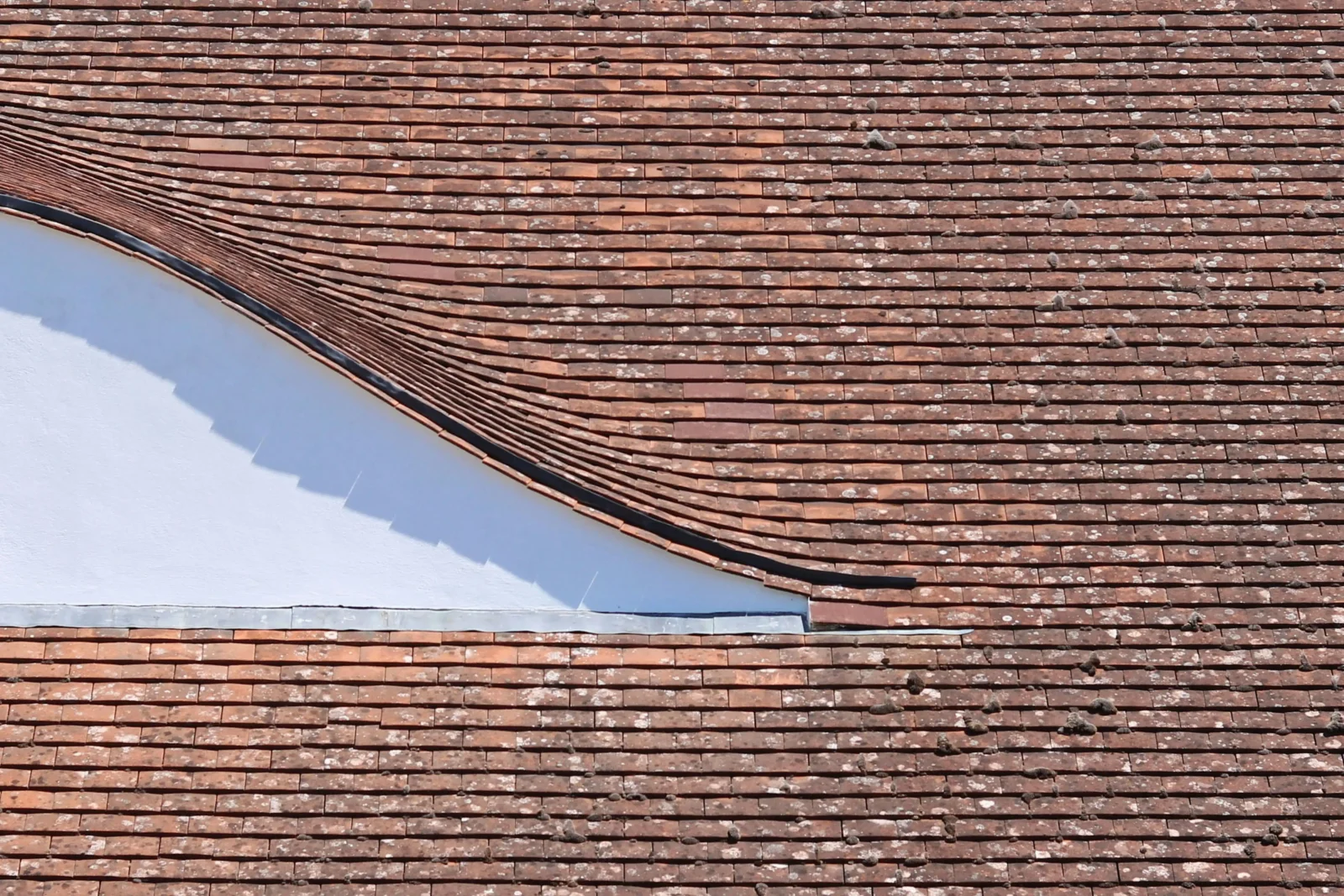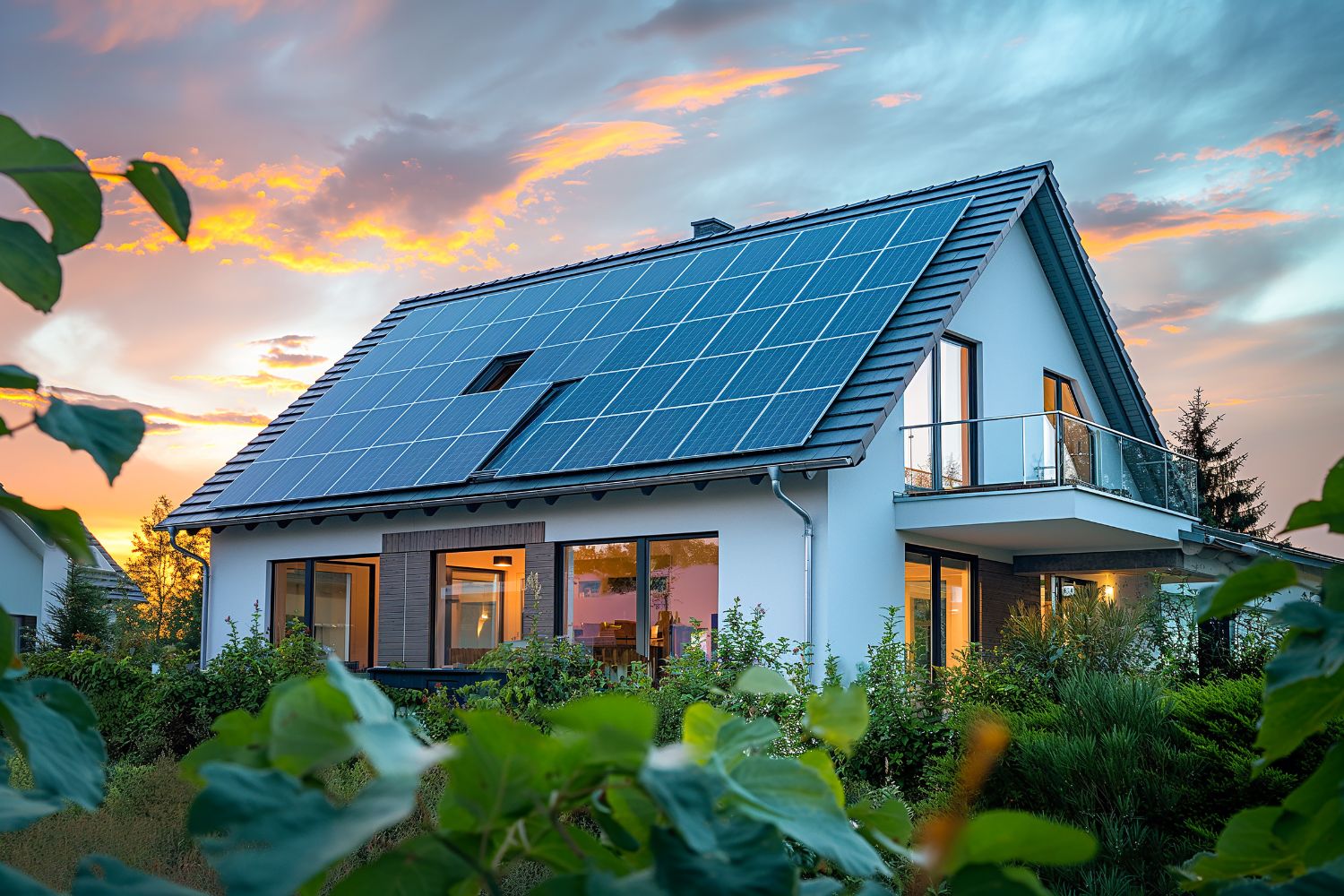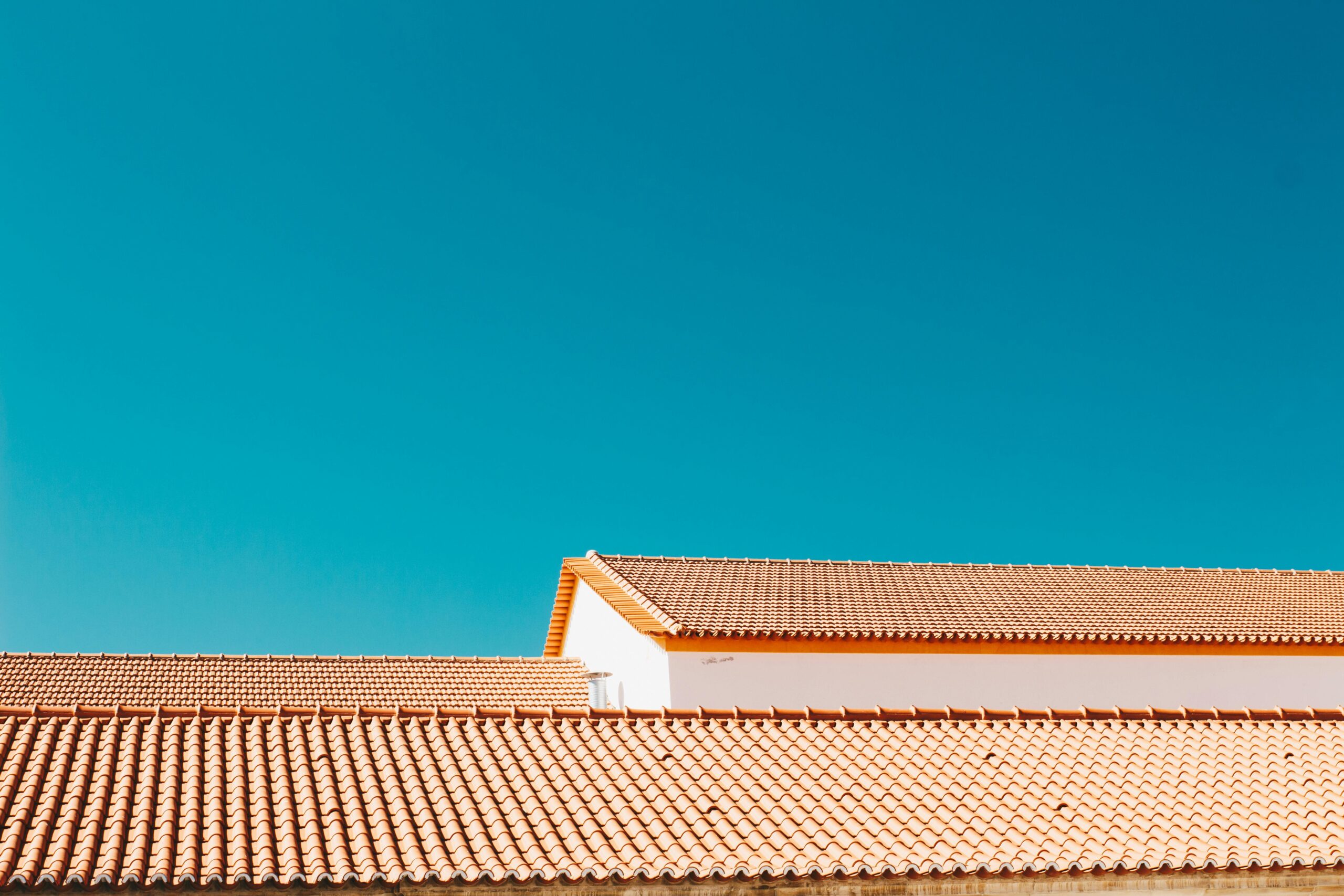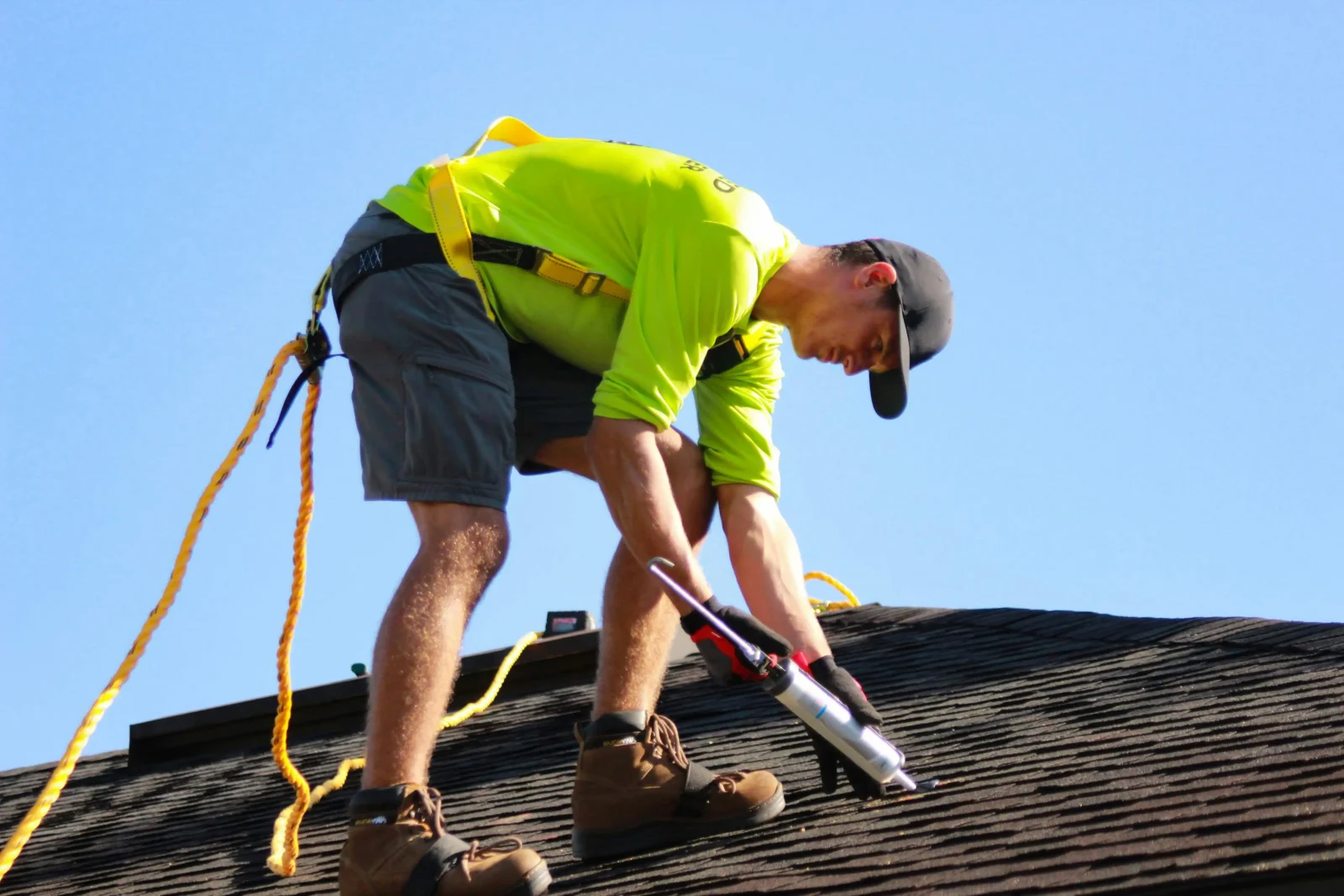- Home
- Articles
- Architectural Portfolio
- Architectral Presentation
- Inspirational Stories
- Architecture News
- Visualization
- BIM Industry
- Facade Design
- Parametric Design
- Career
- Landscape Architecture
- Construction
- Artificial Intelligence
- Sketching
- Design Softwares
- Diagrams
- Writing
- Architectural Tips
- Sustainability
- Courses
- Concept
- Technology
- History & Heritage
- Future of Architecture
- Guides & How-To
- Art & Culture
- Projects
- Interior Design
- Competitions
- Jobs
- Store
- Tools
- More
- Home
- Articles
- Architectural Portfolio
- Architectral Presentation
- Inspirational Stories
- Architecture News
- Visualization
- BIM Industry
- Facade Design
- Parametric Design
- Career
- Landscape Architecture
- Construction
- Artificial Intelligence
- Sketching
- Design Softwares
- Diagrams
- Writing
- Architectural Tips
- Sustainability
- Courses
- Concept
- Technology
- History & Heritage
- Future of Architecture
- Guides & How-To
- Art & Culture
- Projects
- Interior Design
- Competitions
- Jobs
- Store
- Tools
- More
What Role Roof Insulation Plays in Your Home’s Overall Comfort and Efficiency

Roof insulation is a critical component of your home’s energy efficiency and comfort. Many homeowners may underestimate the importance of proper insulation, viewing it as merely another layer of construction. However, it can significantly impact both heating and cooling costs, while also contributing to the overall comfort levels within a home. Insulation acts as a barrier against heat transfer, which means that in winter, it keeps your home warm by trapping heat inside, and in summer, it prevents excessive heat from entering.
Table of Contents
ToggleThe Basics of Roof Insulation
Roof insulation is primarily designed to resist heat flow and manage thermal conditions within a building. Typically, it is made from various materials, including fiberglass, cellulose, and spray foam, with each material catering to different insulation needs and preferences. Proper installation is just as critical as the choice of material. Poorly installed insulation can lead to cold spots and drafts, often negating its effectiveness completely. Additionally, effective roof insulation minimizes noise infiltration, which can be a significant advantage for families living in urban environments or near busy roads. Insulation also plays a role in moisture control, preventing condensation that can lead to mold growth. With adequate insulation, homes can achieve better energy efficiency ratings. This translates into lower utility bills and an overall reduction in energy consumption.

Types of Roof Insulation
There are several types of roof insulation to consider, each suited to different roofing systems and climates. Batt insulation consists of pre-cut fiberglass or mineral wool sheets placed between roof rafters. It’s an affordable option but requires careful installation to avoid gaps. Spray foam insulation, on the other hand, expands on application, filling every tiny crevice and creating an airtight seal, making it a superior choice for energy efficiency. Rigid foam boards are another option, providing high insulating values and moisture resistance. The choice between these materials largely depends on the home’s design, local climate conditions, and budget. Another method to consider is reflecting insulation, which is particularly effective in sunny areas. One effective approach that many homeowners are taking is insulating your metal roof, which not only enhances energy efficiency but also contributes to a more comfortable indoor environment during extreme weather conditions. Ultimately, factors like ease of installation and maintenance should weigh heavily in your decision.
Energy Savings Through Proper Insulation
One of the most tangible benefits of roof insulation is the financial savings that can accrue over time. Proper insulation can cut energy costs significantly, sometimes by as much as 20 to 30 percent. For homeowners on a budget, this means lower monthly utility bills without sacrificing comfort. In fact, the U.S. Department of Energy states that adequate insulation is key to reducing energy waste in homes. Considering that heating and cooling account for nearly half of a household’s energy expenses, having effective roof insulation is critical. Additionally, energy-efficient homes can lead to increased property value as modern buyers prioritize eco-friendly features. Insulation can also qualify homeowners for energy efficiency tax credits, further enhancing its financial appeal.
Comfort Levels Enhanced by Roof Insulation
Comfort in a home is not solely determined by aesthetics; temperature regulation also plays a crucial role. Roof insulation helps maintain consistent indoor temperatures regardless of external weather conditions. A properly insulated roof prevents heat escape during the winter and keeps out excessive heat in the summer, leading to a comfortable living experience year-round. Homeowners often notice less temperature fluctuation across different rooms, thanks to efficient insulation. This consistency can be particularly beneficial in climates that experience extreme temperatures. A comfortable home can improve overall well-being, contributing to better sleep, enhanced mood, and increased productivity.
Environmental Impact of Insulation
The importance of roof insulation extends beyond individual comfort and energy savings; it also substantially impacts the environment. Proper insulation reduces a home’s overall energy consumption, which in turn translates into lower greenhouse gas emissions. By minimizing reliance on fossil fuels for heating and cooling, well-insulated homes contribute to the fight against climate change. The materials used in insulation also play a role; many modern options are made from recycled materials and are designed to last longer. Furthermore, energy-efficient homes often require less power from power plants, leading to reduced resource depletion.

Maintaining Roof Insulation
Maintaining roof insulation is crucial for its longevity and effectiveness. Insulation can lose its insulating properties over time due to moisture, pests, and physical damage. Regular checks for signs of wear and tear can prevent costly repairs down the line. Homeowners should periodically inspect their roofs for leaks, as water intrusion can drastically impact insulation performance. Mold growth can also signify insulation failure. Cleaning gutters and ensuring proper ventilation are essential to prevent moisture buildup. If any issues are identified, addressing them promptly can save on replacement costs and enhance efficiency. Professional maintenance services can provide thorough assessments and solutions tailored to individual roof conditions.
To summarize, roof insulation is a vital aspect of maintaining comfort and energy efficiency in residential spaces. With various insulation types available, each offering unique benefits, homeowners can choose the best option for their needs. The financial savings from reduced energy bills cannot be overlooked, alongside the enhanced comfort levels achieved through better temperature regulation. On a broader scale, insulation contributes positively to the environment by lowering emissions and promoting sustainability.
illustrarch is your daily dose of architecture. Leading community designed for all lovers of illustration and #drawing.
Submit your architectural projects
Follow these steps for submission your project. Submission FormLatest Posts
Best Practices for Roof Inspections and Maintenance
On most projects, the roof spends decades out of sight while carrying...
Sunny Days, Secure Roof: Simple Steps to Shield Your Home
Your home is more than just a place to live—it’s a sanctuary....
Simple and Stylish Roof Ideas for Homeowners
When designing your home, don’t overlook the roof. It’s essential for both...
Key Qualities to Look For in a Residential Roofing Contractor
Choosing a residential roofing contractor involves careful consideration. The roof is a...












Leave a comment